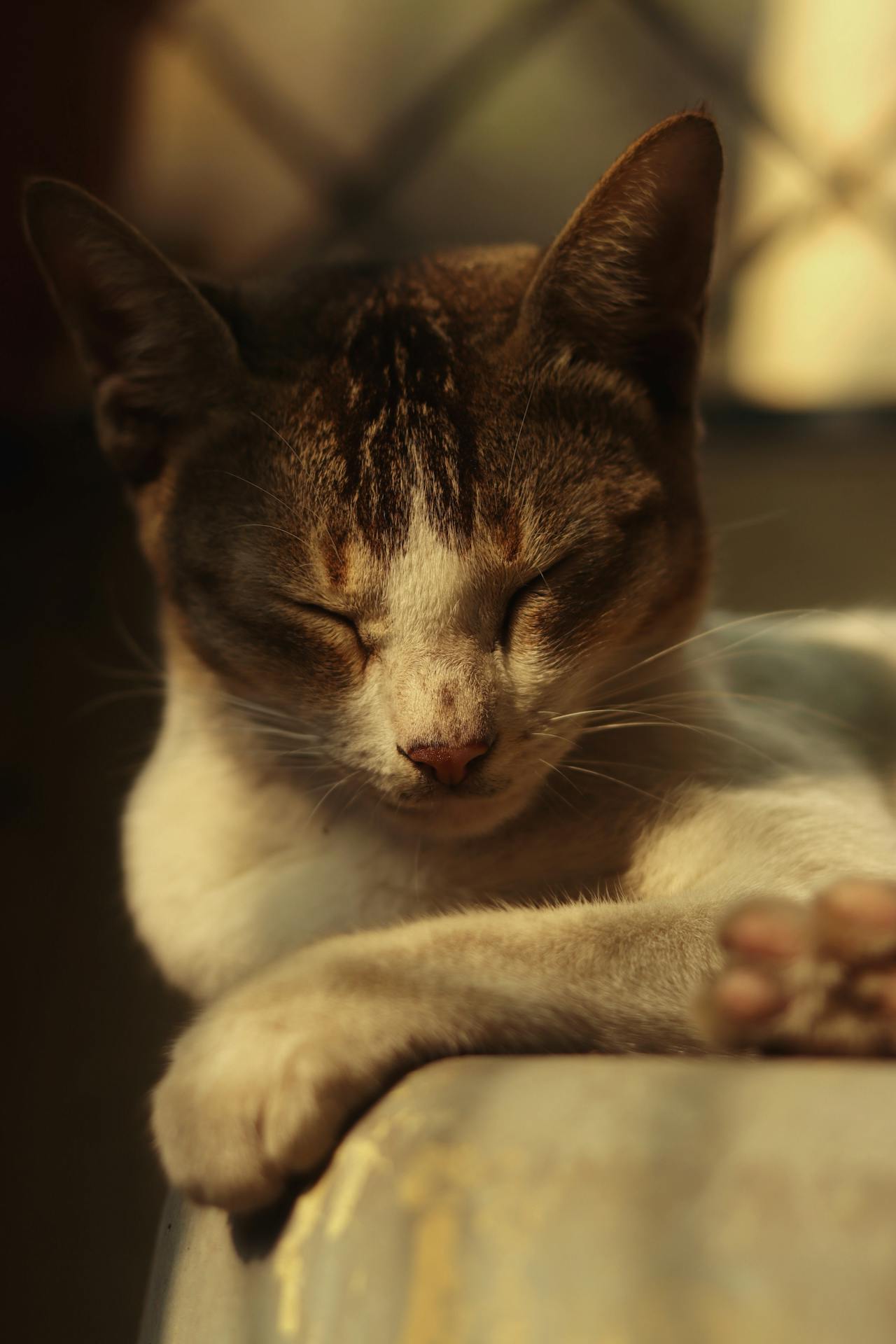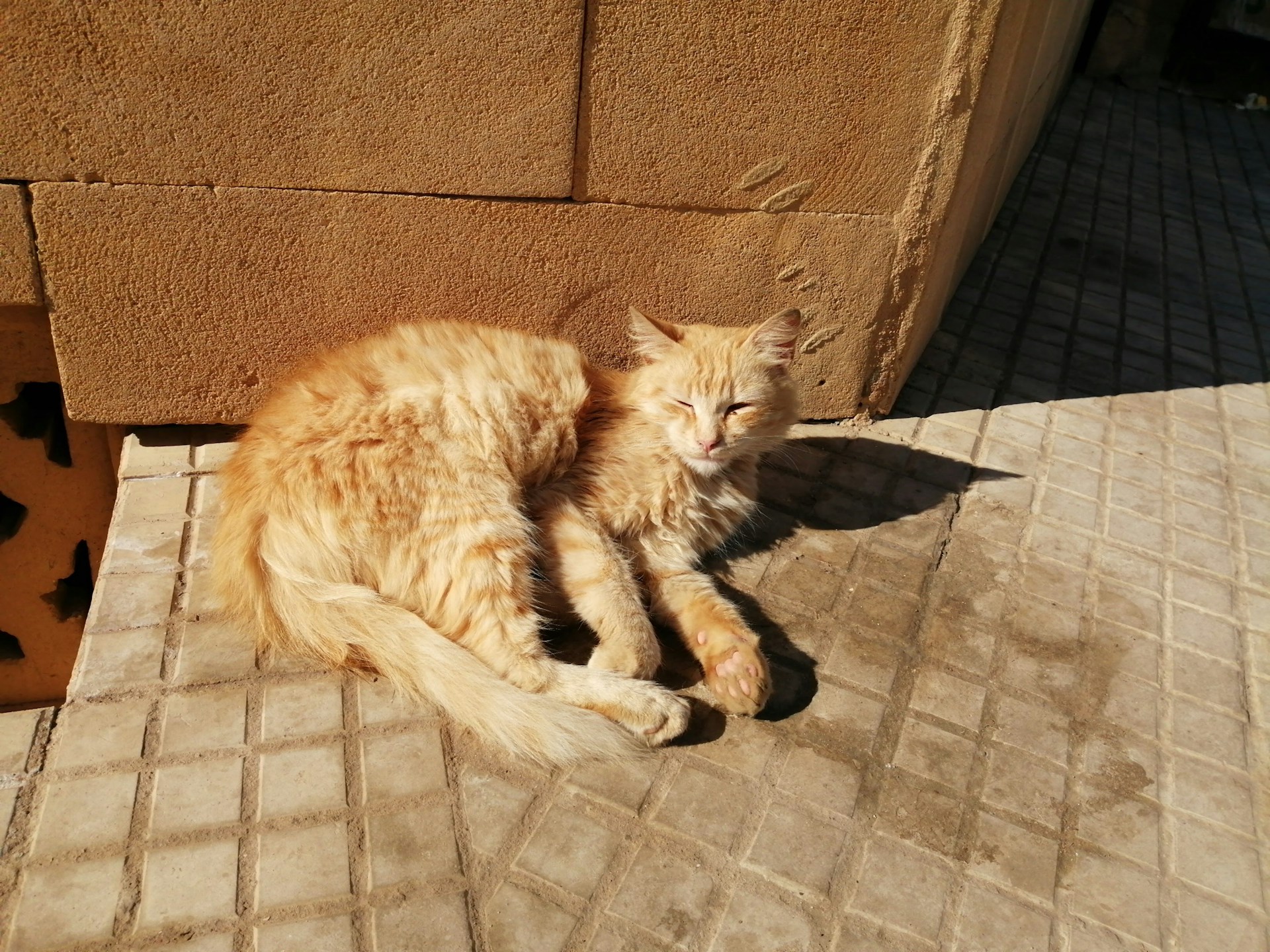Kidney Disease in Cats: A Common Concern

Most older cats will experience some level of kidney disease if they're lucky enough to live long, otherwise healthy lives.
Understanding Kidney Failure
Kidney problems in pets can be confusing, as terms like "kidney insufficiency" and "kidney failure" are sometimes used interchangeably. "Renal" refers to the kidneys, and cats are especially good at hiding symptoms, so owners often don't notice any signs until a significant portion—about two-thirds—of kidney function is already gone. Although acute kidney failure can happen suddenly, it's rare. Most of the time, we're dealing with chronic kidney issues, which develop over time.
What Do the Kidneys Do?
The kidneys play several crucial roles:
-
Hydration management: In healthy animals, the kidneys adjust how much water is retained, but cats with chronic kidney disease produce a lot of dilute urine, which can lead to dehydration.
-
Red blood cell production: Kidneys make a hormone that stimulates red blood cell creation, so when kidneys fail, anemia often appears in lab work.
-
Blood pressure regulation: The kidneys help maintain blood pressure. When they aren't working well, blood pressure can rise.
-
Electrolyte balance: Kidneys regulate minerals like potassium and phosphorus, so medications are often needed to keep these balanced when they weaken.
-
Waste removal: The kidneys filter out waste products like urea, a byproduct of protein digestion. When they don't do this well, these waste products build up in the blood, causing fatigue and other issues.
Signs of Kidney Trouble
The most noticeable symptoms of kidney failure are increased thirst and frequent urination. Since failing kidneys struggle to conserve water, affected cats often drink more water to keep up with dehydration. But because so much water is lost through urine, they can't fully rehydrate. Owners are sometimes surprised to find out their cat is dehydrated, even if it's drinking a lot.
Other signs include vomiting, high blood pressure (which can sometimes cause sudden blindness), weight loss, loss of appetite, weakness, and ulcers in the mouth.
What Causes Kidney Disease?
While some cats are born with kidney problems, chronic kidney disease typically develops as cats get older.
How Is Kidney Disease Diagnosed?
Routine blood work at annual exams can help catch early kidney disease before symptoms appear. If caught early, the veterinarian can monitor lab values regularly or switch the cat to a kidney-friendly diet. Kidney disease is usually diagnosed after the pet shows symptoms in later stages, prompting the vet to perform blood and urine tests.
Treatment Options for Kidney Disease
In the early stages, treatment might involve close monitoring and a low-protein diet to help reduce urea levels. As the disease progresses, subcutaneous fluids (fluids administered under the skin) can help with chronic dehydration. Other treatments may include blood pressure medications, anti-nausea drugs, electrolyte balancing, and even hormone injections to address anemia. In severe cases, hospitalization and intravenous fluids may be needed to flush out toxins.
What to Expect
While kidney disease can't be cured, options like dialysis or transplants are available in some places. For most cats, though, treatment focuses on managing symptoms, which can allow them to live comfortably for months or even years, depending on the stage at diagnosis.
Get insurance plans with wide-ranging coverage options













